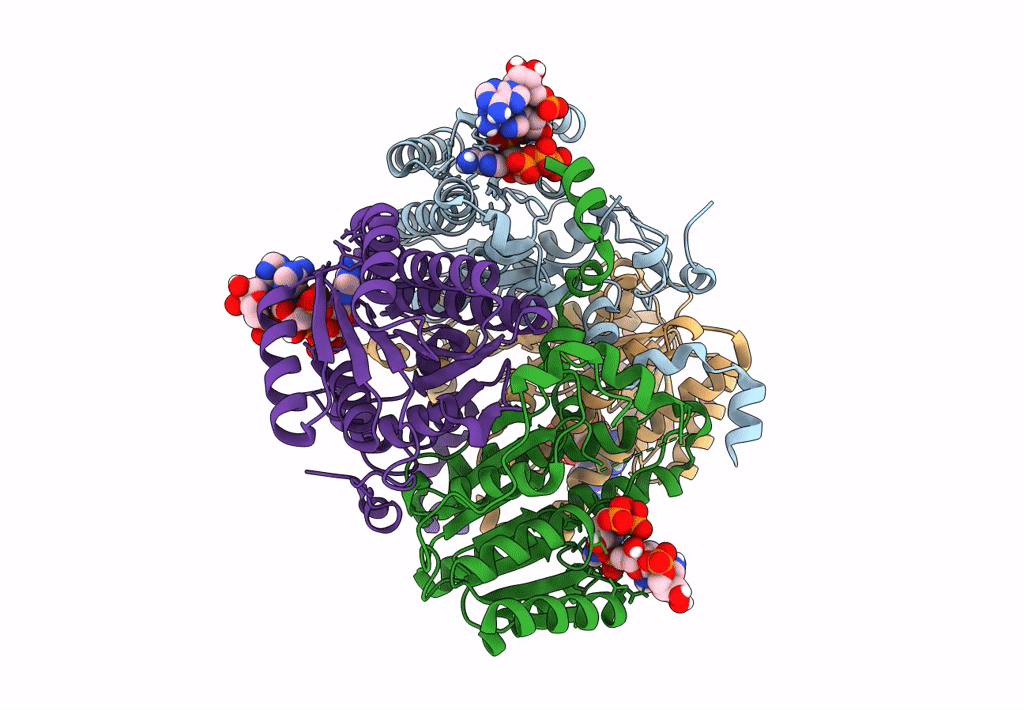
Deposition Date
2022-03-17
Release Date
2023-03-22
Last Version Date
2023-10-25
Entry Detail
PDB ID:
7UCW
Keywords:
Title:
Structure of mouse Decr1 in complex with 2'-5' oligoadenylate
Biological Source:
Source Organism:
Mus musculus (Taxon ID: 10090)
Host Organism:
Method Details:
Experimental Method:
Resolution:
1.35 Å
R-Value Free:
0.15
R-Value Work:
0.15
R-Value Observed:
0.15
Space Group:
C 2 2 21


